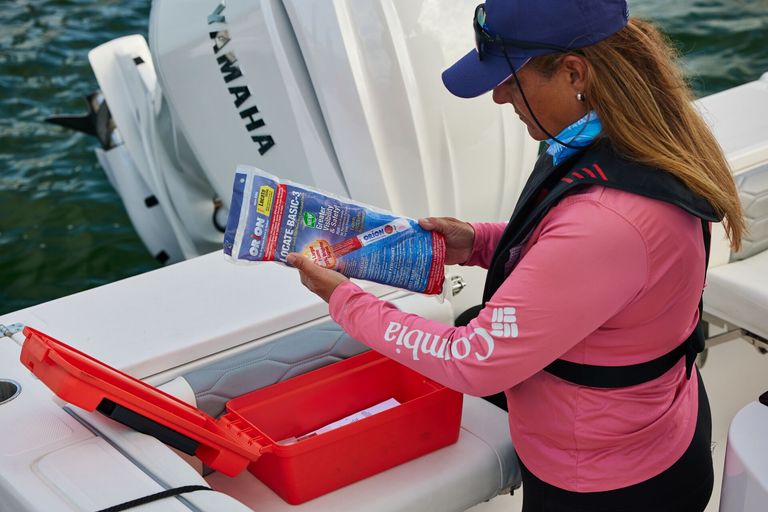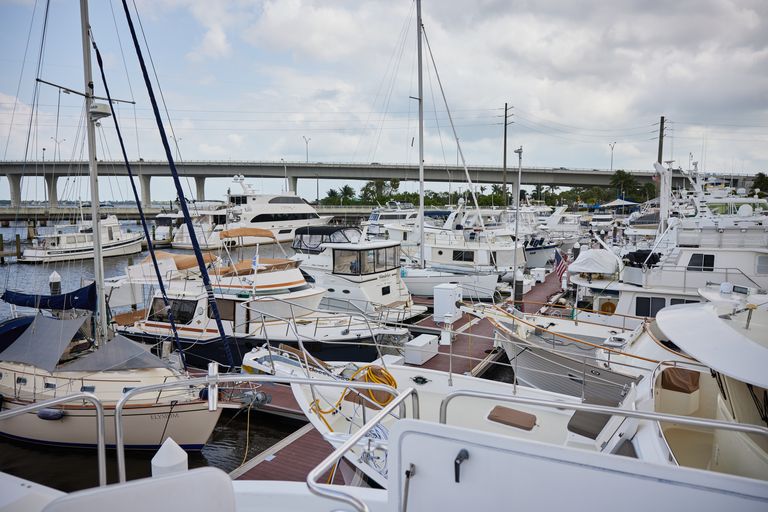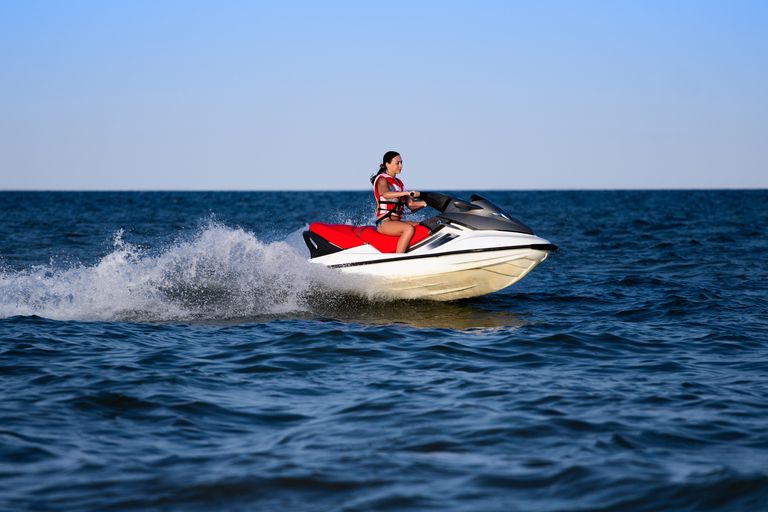5 Rules for Skiing and Watersports Safety
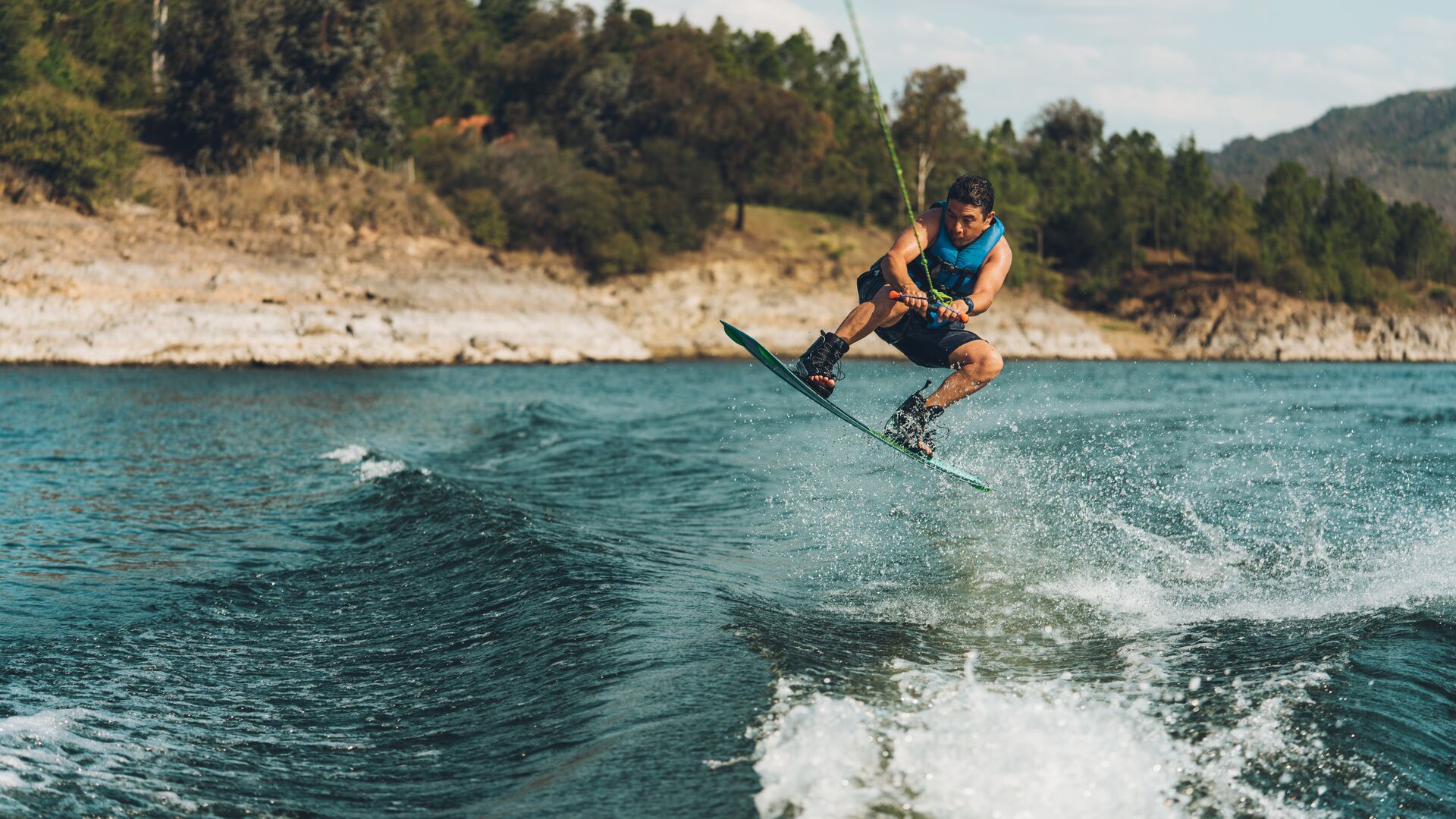
There are many great ways to enjoy time on the water, but being safe is also important. Whether you're canoeing, kayaking, jet skiing, waterskiing, paddleboarding, wakeboarding, rowing, or windsurfing, protecting yourself and those around you means you can have more adventures later.
If you're new to any of these activities, you might not be sure what issues or concerns you need to look out for. Not knowing the risks could put you at risk of injury, but there are ways to reduce your risk during boating season and feel more confident anytime you're on the water.
So, here are five rules to follow to focus on skiing and watersports safety while still having a great time on the water this season.
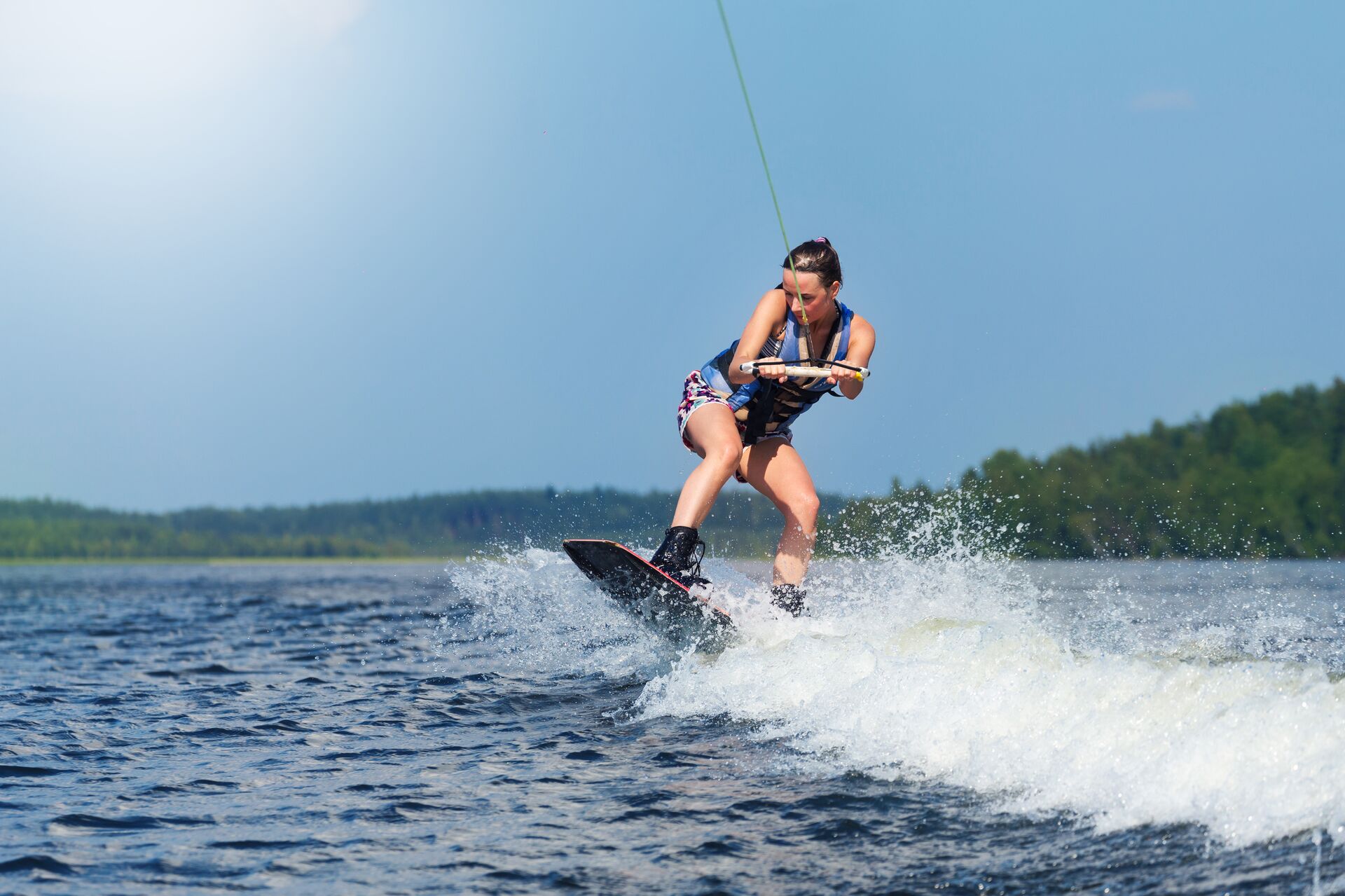
Rule #1: Know Your Limits
Understanding your own skill level and abilities is crucial to having a safe and enjoyable time skiing or other types of watersports.
Overestimating your abilities can lead to accidents, so it's important to start with beginner-friendly experiences and work your way up.
Not only does understanding your limits and starting small help keep you safer, but it can also be more fun because it's not as complicated or difficult to simply do the activity. When you start out with beginner-based maneuvers, you'll get a better idea of how to set up your gear, what kinds of issues to look for, and what to practice to improve.
Rule #2: Wear Proper Safety Gear
Wearing appropriate safety gear is extremely important when you're serious about skiing and watersports safety. That includes life jackets, protective clothing, and helmets.
Safety equipment isn't optional. It's required for many water-based activities, and you could be fined if you don't use it.
It's also essential for minimizing injury risk because collisions, capsizes, and other issues can occur. When boating or enjoying watersports, you want to make sure everyone involved wears a lifejacket in case they fall off the jetski or waterski. The lifejacket will help them stay safe and afloat until you can circle back and safely get them out of the water.
Remember: The kind of safety gear you'll need will depend on the specific watersport you're involved in, but there's no reason you can't wear more than what's required. Many people don't wear helmets, for example, but they can make a lot of difference if you're involved in a collision with another waterskier, jet skier, or someone else on the water.
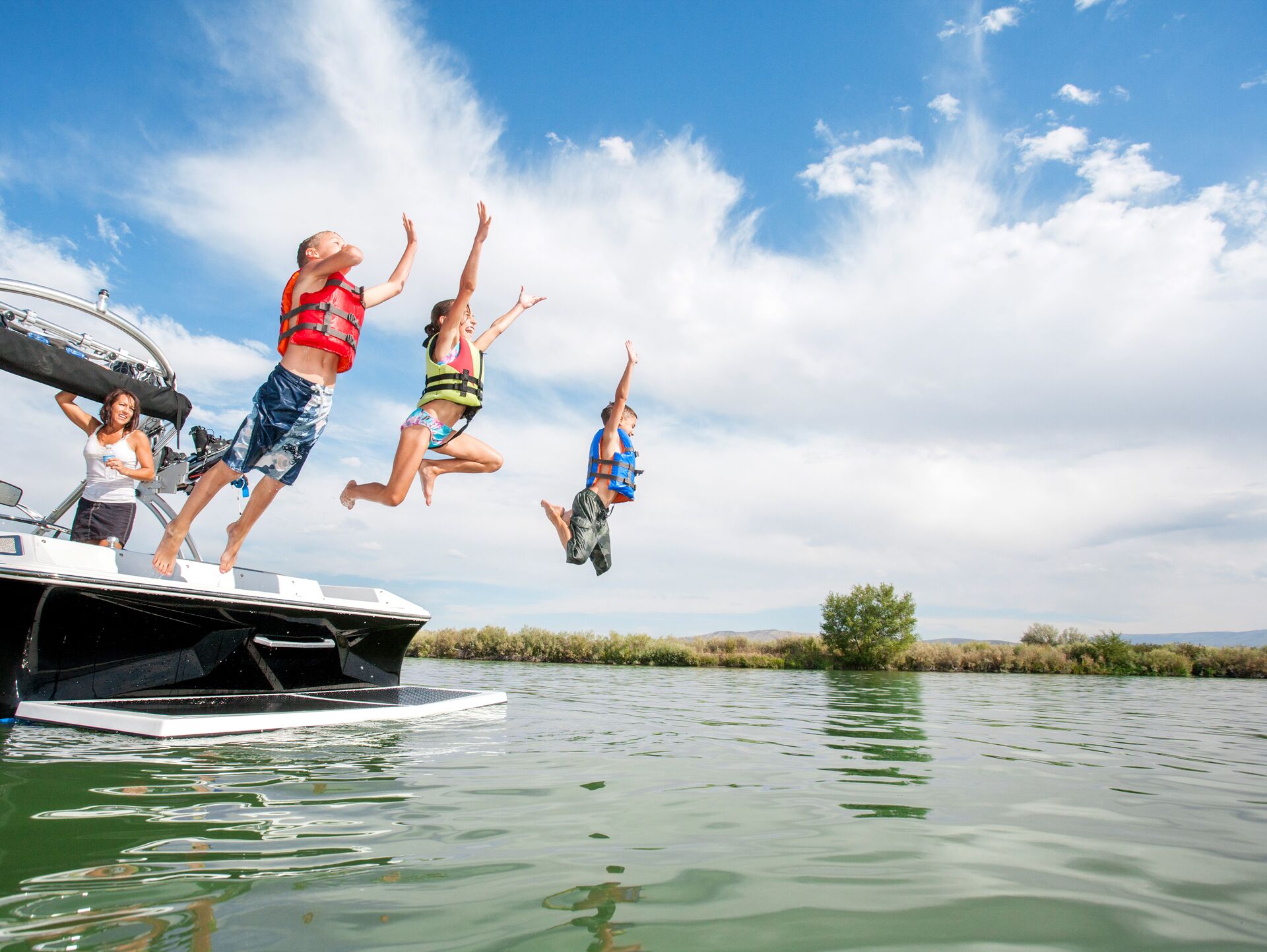
Rule #3: Stay Aware of Your Surroundings
Watersports enthusiasts should always be mindful of their surroundings. That means keeping an eye out for other adventurers and swimmers nearby, along with any boat traffic, underwater obstacles, and weather conditions.
Then, because things can change quickly, staying aware of what could change around you – like more jetskis or swimmers coming into the area – is vital. Watching what's happening around you can help you react appropriately to risk and reduce the chances of injury.
It's understandably easy to get caught up in the moment when you're having fun, but save a little bit of your energy and focus on situational awareness. Then, if something goes wrong, you'll be more likely to react quickly and appropriately. That can help you and others avoid injury and even save a life.
Rule #4: Follow Rules and Regulations
One of the most significant rules of skiing and watersports safety is to follow the rules. There are established rules and regulations for a reason, and following them protects you and others around you.
Some primary rules include obeying speed limits on the water, respecting designated skiing areas, and understanding how the right-of-way works.
These rules exist to ensure the safety and enjoyment of everyone in the area, so following them is about more than just your protection. Being responsible and watching out for others shows that you care about the people who enjoy your local waterways and want to protect them and the environment for the future.
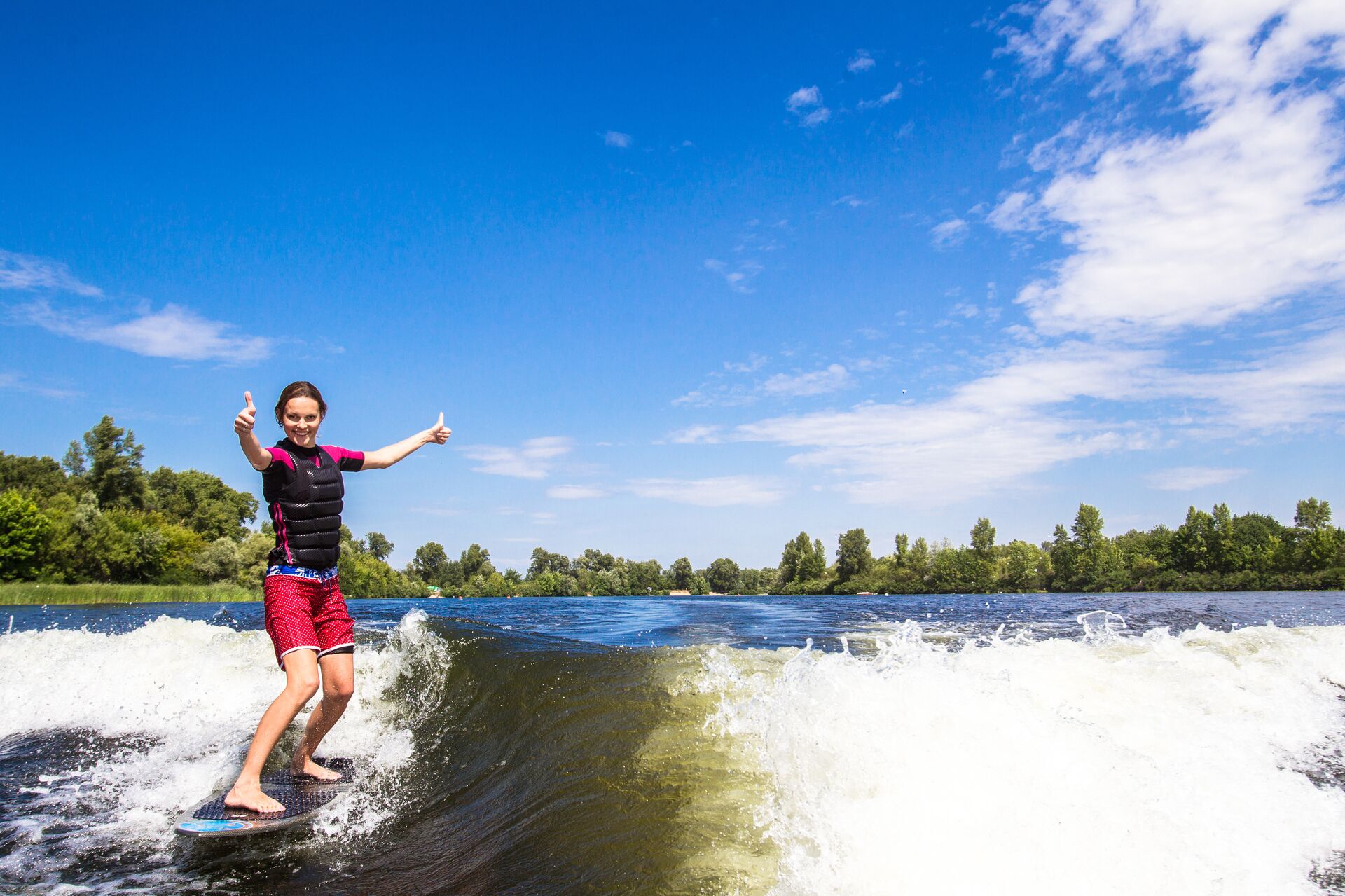
Rule #5: Learn Proper Technique and Training
Before you try advanced skiing or watersports maneuvers, make sure you've had proper instruction and training. Good training or some pointers from someone with more experience than you can enhance your performance and also reduce the chance of an accident.
Staying safe on the water is very important, and it's easier to do so when you're trained for the adventures you're having.
Taking lessons from certified instructors will help you learn the correct form and safety protocols to feel confident when you get out on the water. It can take time, practice, and a lot of patience to learn some watersports, and some are more complicated than others. Every one of them is easier with some instruction.

Learn More About Skiing and Watersports Safety with BOATERexam
We hope these five tips are helpful as you get out on your WaveRunner or a waterski behind a boat this season! We want everyone to enjoy the water safely.
While the tips we've shared today are essential, they're only the tip of the iceberg when it comes to safe practices on the water. That's why we offer online boater safety courses that include an entire section of education covering watersports. Because so much about safely operating jet skis and other watercraft involves some of the same safety principles as operating a boat, a boater education course helps save lives on the water – even if you aren't driving a boat.
So, before you get out on the water this season with your Sea-Doo, take the time to get safety certified with BOATERexam. Our courses won't take much of your time, but they will help increase your peace of mind whenever water adventures await.
Plus, our courses meet all government requirements for boat education in the U.S. and Canada. So, for watersports activities in the U.S., find the course for your state and start learning. In Canada, choose our Canada-approved course and get certified.

